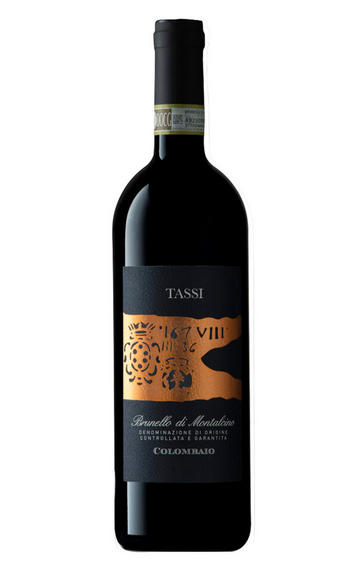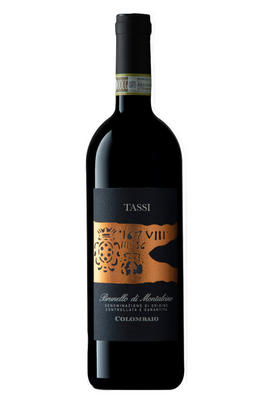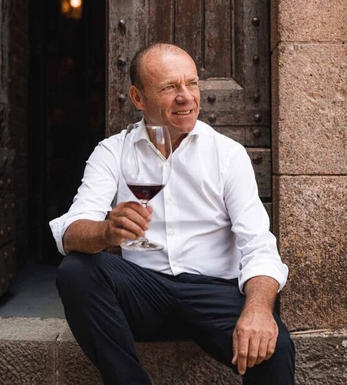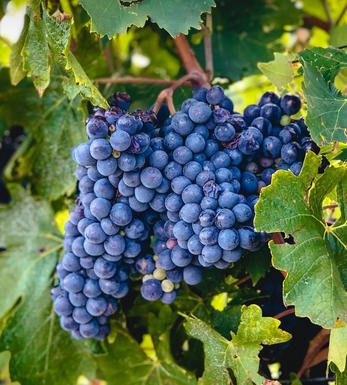
2018 Brunello di Montalcino, Colombaiolo, Tassi, Tuscany, Italy

Critics reviews
Maturing mid-ruby with orange tinges. Reductive and slightly sour on the nose right now. By far the most focused of the three Tassi offerings in this vintage and the purest on the palate with supple cherry, raspberry fruit, and sandpapery tannins. Not hugely complex, but satisfying and ready now.
Walter Speller, Jancisrobinson.com (November 2022)
Walter Speller, Jancisrobinson.com, November 2022
About this WINE

Tassi
The Tassi family have deep roots in Montalcino. They have a legacy of working the vineyards of Biondi Santi and then as beekeepers, before turning their attention back to wine. Owner Fabio Tassi is a restaurateur, running the town’s flagship Drogheria Franci restaurant, and he owns its most prolific wine shop. His exposure to, and understanding of, Brunello’s wines, vintages and vineyards are greater than most – as are his relationships with many of the great winemaking families of Italy.

Sangiovese
A black grape widely grown in Central Italy and the main component of Chianti and Vino Nobile di Montepulciano as well as being the sole permitted grape for the famed Brunello di Montalcino.
It is a high yielding, late ripening grape that performs best on well-drained calcareous soils on south-facing hillsides. For years it was blighted by poor clonal selection and massive overcropping - however since the 1980s the quality of Sangiovese-based wines has rocketed upwards and they are now some of the most sought after in the world.
It produces wines with pronounced tannins and acidity, though not always with great depth of colour, and its character can vary from farmyard/leather nuances through to essence of red cherries and plums. In the 1960s the advent of Super Tuscans saw bottlings of 100% Sangiovese wines, as well as the introduction of Sangiovese/Cabernet Sauvignon blends, the most famous being Tignanello.


Buying options
Add to wishlist
Description
This beautiful single vineyard sits at 300 metres altitude and captures the morning sun, with views over the nearby ancient white stones of the UNESCO Abbey of Sant’Antimo. The soils here are laced with the same calcareous limestone the abbey was built with, which gives salty grip and salinity to the wine.
After fermentation, the wine is infused on skins for 40 days in mixed French and Slavonian oak botti, followed by 28 months maturation. The wine is more classical Brunello in style, with a ruby garnet hue, and a nose of charred pancetta and roses.
It features some modern gloss of oak, with lots of wild spice mixed with cherry and plum. Elegant and balanced with fine tannins, the lasting impression of this wine is minerality and poise.
Drink 2023 - 2040
wine at a glance
Delivery and quality guarantee